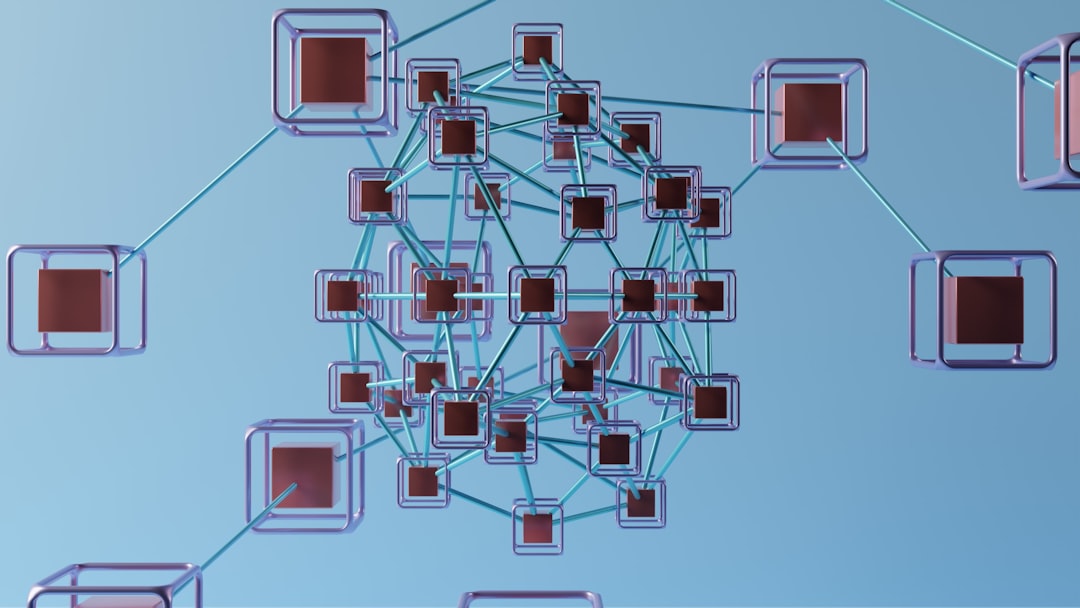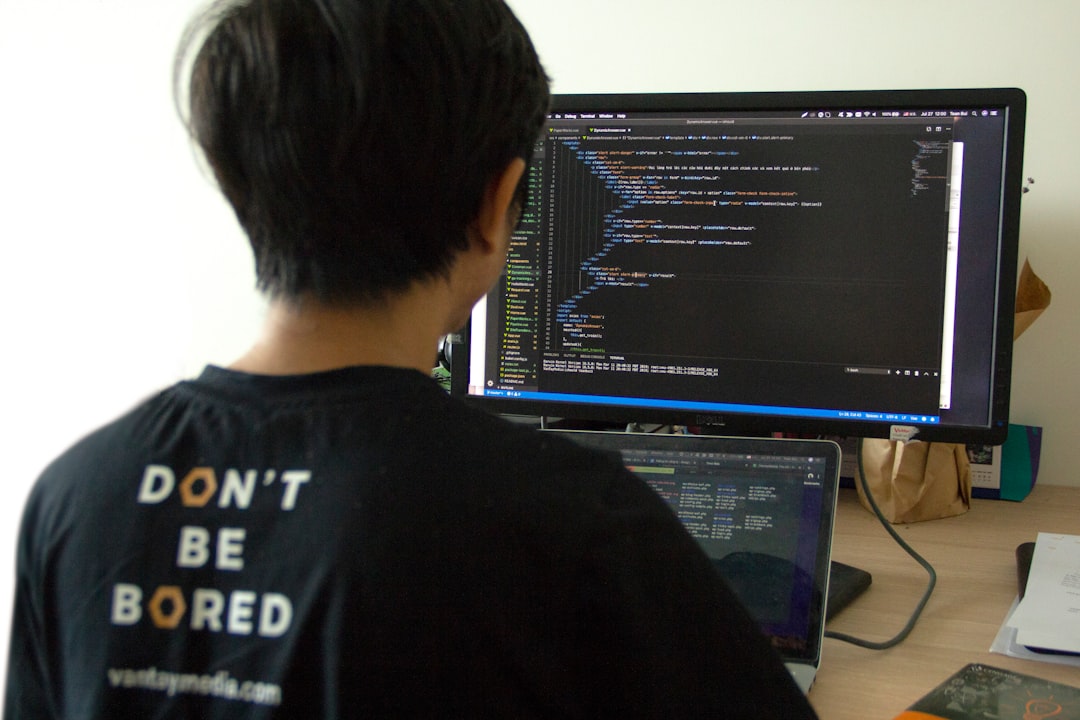Artificial Intelligence (AI) has transformed the way we build and deploy software applications. From powering voice assistants to enabling self-driving cars, AI is at the heart of countless innovations. At the core of this revolution are AI frameworks—powerful tools that simplify the building and training of machine learning models. Developers rely on these frameworks to implement complex algorithms efficiently. Below, we take a look at some of the most popular AI frameworks used in coding today.
1. TensorFlow
Developed by Google Brain, TensorFlow is an open-source platform that has become one of the most widely used AI frameworks in the world. Designed for both researchers and developers, TensorFlow offers a comprehensive ecosystem of tools and libraries.
- Supports deep learning and machine learning models
- Compatible with Python, C++, and JavaScript
- TensorBoard for real-time model monitoring
TensorFlow shines in industrial applications due to its scalability and ability to run on CPUs, GPUs, and even mobile devices. With the introduction of TensorFlow Lite and TensorFlow.js, it’s easier than ever to build AI apps on various platforms.

2. PyTorch
Developed by Facebook’s AI Research lab, PyTorch has rapidly gained popularity, especially in academia and research communities. Its intuitive design and dynamic computation graph make it user-friendly and transparent for building neural networks.
- Dynamic computation graph for flexibility
- Exceptional debugging capabilities
- Seamless transition from research to production
PyTorch is the framework of choice for many in the deep learning community. It integrates well with tools like NumPy and has a rich set of APIs that allow users to experiment freely without cumbersome code structures.
3. Keras
Keras is a high-level deep learning API written in Python. Although now part of the TensorFlow ecosystem, Keras began as an independent open-source project. Its goal was to provide a simple interface for fast experimentation without sacrificing the power of deep learning models.
- Simple and clean syntax
- Runs on top of TensorFlow, Theano, or Microsoft Cognitive Toolkit
- Great for beginners and rapid prototyping
Keras makes it easier than ever to create and test neural networks, thanks to its user-friendly model-building functions. The framework is an excellent choice for those just starting out in AI development.

4. Scikit-learn
When it comes to traditional machine learning algorithms rather than deep learning, Scikit-learn stands out. Built on Python’s NumPy, SciPy, and matplotlib libraries, it provides efficient tools for data mining and data analysis.
- Wide range of supervised and unsupervised learning algorithms
- Useful for classification, regression, and clustering
- Excellent documentation and community support
It’s especially useful for projects that don’t require complex neural networks, such as predictive analytics or statistical modeling.
5. Microsoft Cognitive Toolkit (CNTK)
Also known as CNTK, the Microsoft Cognitive Toolkit is a powerful deep learning framework developed by Microsoft. It offers high performance with support for both Windows and Linux platforms.
- Highly optimized for speed and scalability
- Supports custom neural network architecture
- Integrates well with Azure and other Microsoft tools
Though not as user-friendly as Keras or PyTorch for beginners, CNTK is favored for its speed in training large-scale models, making it suitable for enterprise-level applications.
6. MXNet
MXNet is an open-source deep learning framework suited for both efficiency and scalability. Backed by Amazon Web Services (AWS), it plays a key role in scalable cloud-based AI solutions.
- Supports multiple languages such as Python, Scala, and R
- Extremely scalable across multiple GPUs and machines
- Efficient memory usage and fast runtime
MXNet is being used in a variety of production environments, including those requiring deployment across large clusters of compute nodes.
Final Thoughts
Choosing the right AI framework depends on your project requirements, desired functionality, and familiarity with programming languages. While TensorFlow and PyTorch dominate the deep learning domain, frameworks like Scikit-learn shine in more traditional machine learning applications. Whether you are a novice experimenting with models or a seasoned developer deploying production-level software, mastering one or more of these frameworks can significantly elevate your AI development capabilities.





